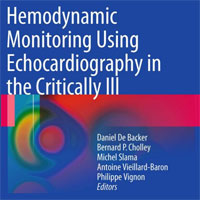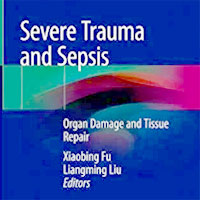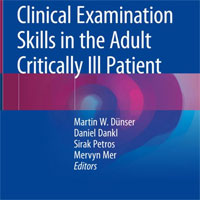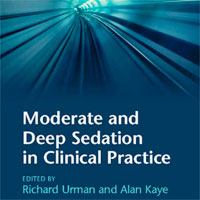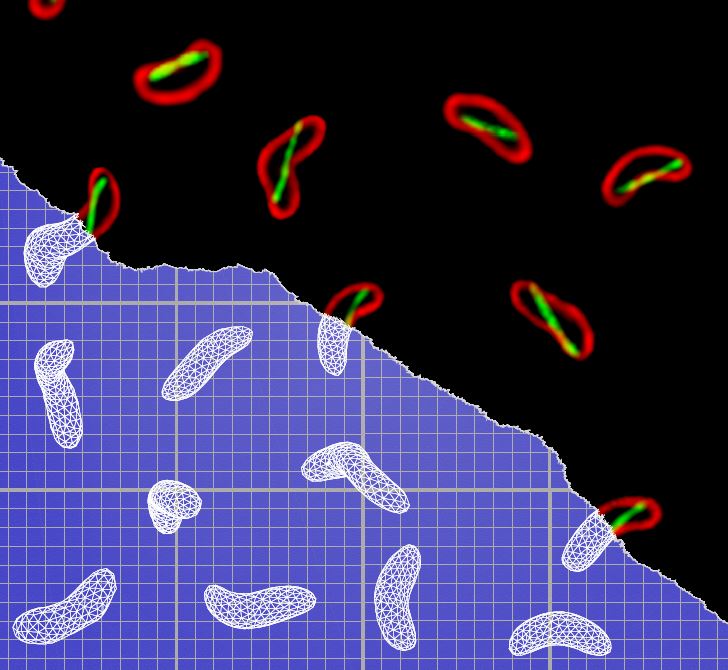
Cholera bacteria infect more effectively with a simple twist of shape
The bacteria that cause the life-threatening disease cholera may initiate infection by coordinating a wave of mass shapeshifting that allows them to more effectively penetrate the intestines of their unwitting victims, according... read more

Germ-zapping robots put to the test to combat hospital-acquired infections
The $2 million effort supported by the NIH's Agency for Healthcare Research and Quality is the first of its kind to study no-touch room disinfection. Michigan researchers will look at the ability of high intensity ultraviolet... read more

GCA independently raises risk for VTE
The risk of venous thromboembolism (VTE) increases markedly shortly before the diagnosis of giant cell arteritis (GCA) regardless of glucocorticoid exposure, peaks at the time of diagnosis, and then progressively declines,... read more

Patients want to be heard loud and clear!
We congratulate ten Hoorn et al. on their systematic review of communication with ICU patients. Their work in defining an algorithm to assist improving communication options for these patients addresses a clear gap in patient-centred... read more

Best Conditions for Legionella Growth
Researchers have identified the optimal conditions for the growth of Legionella which causes a very serious, often deadly, type of pneumonia, Legionnaires' disease. Inspired by a number of large Legionnaires' outbreaks,... read more

Attenuated T-cell Vaccination Helps SLE Patients
Vaccinating systemic lupus erythematosus (SLE) patients with attenuated T-cells improved their symptoms, according to results of a small controlled trial. T-cells are immune cells that play a key role in lupus.... read more
FDA Recommendation: Reduce Max Storage Limit of RBCs
A group of researchers are asking the Food and Drug Administration (FDA) to reduce maximum storage limit for red blood cells from 6 weeks to 5 weeks, as long as there are sufficient blood supplies available. The researchers... read more
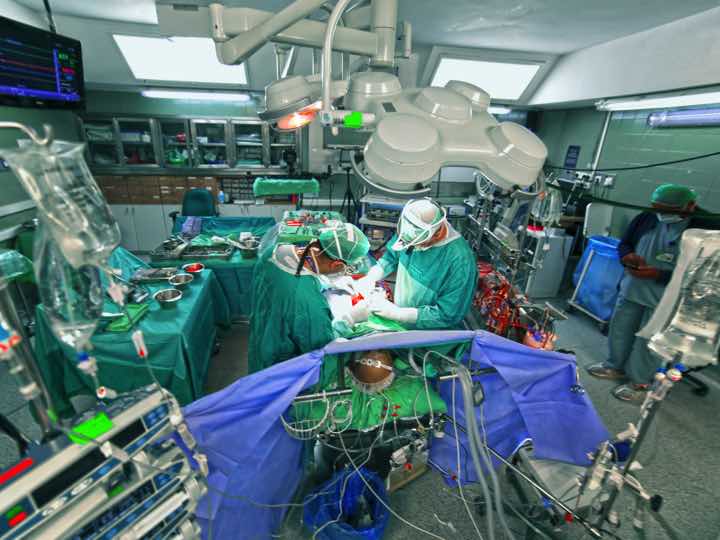
ACC Releases Afib Treatment Interruption Guidelines
Revised recommendations released today by the American College of Cardiology are designed to help clinicians determine if, and for how long, Afib patients on anticoagulants should be taken off the medications before scheduled... read more
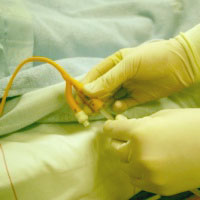
Catheter safeguards at hospitals reduce infections and save money
U.S. hospitals are reducing bloodstream infections related to catheters by implementing rigorous safeguards that also save millions of healthcare dollars each year, according to research led by Cedars-Sinai.... read more

Recognize Sepsis as Separate Cause of Illness and Death
Sepsis should be recognized as a separate cause of illness and death around the world. This focus would help efforts to prevent sepsis by improving hygiene, nutrition and vaccination rates and also lead to timely treatment,... read more

Adrenomedullin: a marker of impaired hemodynamics in cardiogenic shock
Bio-ADM is a valuable prognosticator and marker of impaired hemodynamics in CS patients. High levels of bio-ADM may show shock refractoriness and developing end-organ dysfunction and thus help to guide therapeutic approach... read more

Sepsis Algorithm a Deadly Marker
An attempt by a Phoenix, AZ, hospital to develop a marker for deadly sepsis instead found that the algorithm identified patients at an increased risk of dying. Increasingly, algorithms govern daily life, playing an important... read more
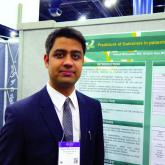
Poor outcome predictors in status epilepticus
Predictors of poor outcomes in patients with status epilepticus admitted to the neurointensive care unit include complex partial status epilepticus, refractory status epilepticus, or the development of nonconvulsive status... read more

Improving the quality of nurse‐influenced patient care in the ICU
Quality of care is a major focus in the intensive care unit (ICU). The nursing-initiated QI project demonstrated improved ICU patient care in relation to early enteral nutrition commencement, DSIs and early and daily mobilizing.... read more
The Role of Intensive Care Registries
To develop, implement, evaluate and sustain a quality improvement programme in the ICU is an important and demanding undertaking. The work can be made easier by joining an intensive care registry. Mature registries have resources... read more

Co-infection is Frequent in Patients Hospitalized with Influenza
According to a recent article published online in Intensive Care Medicine, co-infection occurs commonly in patients with influenza-related infections that require intensive care unit (ICU) admission. Influenza infection causes... read more

Experiences and Expressions of Spirituality At the End of Life in the ICU
Family members and clinicians consider spirituality an important dimension of end-of-life care. The 3 Wishes Project invites and supports the expression of myriad forms of spirituality during the dying process in the ICU.... read more


